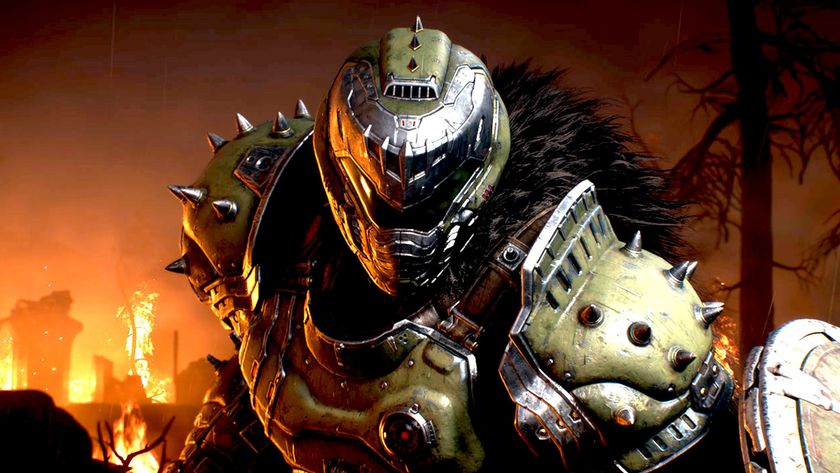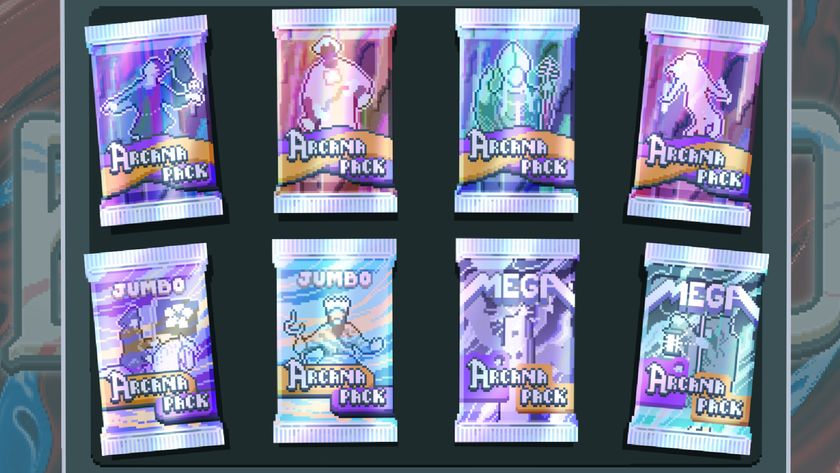Why I Love: Minecart levels
I don't think I've ever encountered a video game minecart that was used for its original purpose of transporting coal. Any time you see a hunk of metal stock with four wheels resting atop a rickety railing, you know you're about to experience the polar opposite of hard labor: a thrilling roller coaster ride full of panicked jumps and unbridled speed. What originally appears to be the antithesis of 2D platforming is actually one of its most distilled forms - you just need to plummet to your death a few dozen times to realize it.

Platformers are defined by their sense of fully controlling your character's lateral and vertical movement, but minecart levels typically strip away your D-pad/left joystick agency almost entirely, save for some noggin-saving ducking functionality. On solid ground, you might be accustomed to accelerated running physics with roots tracing back to Super Mario Bros.' B button, but minecarts usually careen down the rails at a fixed speed. And yet, even with the essence of the control scheme dismantled until nothing but ducking and jumping remain, minecart levels can deliver some of the most delightful platforming challenges possible.
The undisputed champion is, of course, the Donkey Kong Country series, which ranks just under Indiana Jones and the Temple of Doom as the best thing that ever happened to minecarts. That's not to discount other excellent minecart segments, such as the classic Gunstar Heroes or the recent Odallus: The Dark Call - but DKC lays out its minecart levels in a way I can only describe as immaculate (and yes, I'm including the skull-coaster joyrides of DKC 2). So let's take it back to the level that first sent us down the shafts: Minecart Carnage.
It may not look like it at first glance, but the core principles of smart platformer design are present here. There's pattern recognition, as you gradually learn to plot out your next move based on the placement of bananas, or mentally map out the (illogically built) rails to prevent from falling down the same pitfalls over and over. Some jumps force you to figure out the exact timing and distance for your leaps of faith, including ones that play off the reduced momentum of an uphill climb. Then - within the same level - there are those bits that break the rules you learned and adapted to mere seconds ago, where jumping at times that defy your survival instincts can result in bonuses like banana bunches or extra lives. Twitch reflexes are tested with enemies barreling towards you, which you can use as stepping stones or simply avoid depending on your comfort level.
Minecart stages also offer two different, equally rewarding sensations depending on player skill. If you're dextrous enough to ace one on the first try, you experience a rush of adrenaline and a zippy sense of speed that you may come to miss when you're back on your own two feet. On the other hand, those who find themselves constantly crashing can find satisfaction in recognizing their personal problem areas, gradually memorizing a sequence of responses, and fist-pumping in victorious pride when they can finally execute on their planned path to success.
That's the kind of gratifying progression that most platformers strive for, but few can condense such a profound skill-developing arc into a minute-and-a-half-long level. So the next time you clownishly careen off course in a minecart level, don't feel frustrated - appreciate that this is all a learning opportunity for the kind of dexterity and platforming instincts that'll take you far throughout the rest of the game.
Sign up to the 12DOVE Newsletter
Weekly digests, tales from the communities you love, and more
Lucas Sullivan is the former US Managing Editor of 12DOVE. Lucas spent seven years working for GR, starting as an Associate Editor in 2012 before climbing the ranks. He left us in 2019 to pursue a career path on the other side of the fence, joining 2K Games as a Global Content Manager. Lucas doesn't get to write about games like Borderlands and Mafia anymore, but he does get to help make and market them.

















